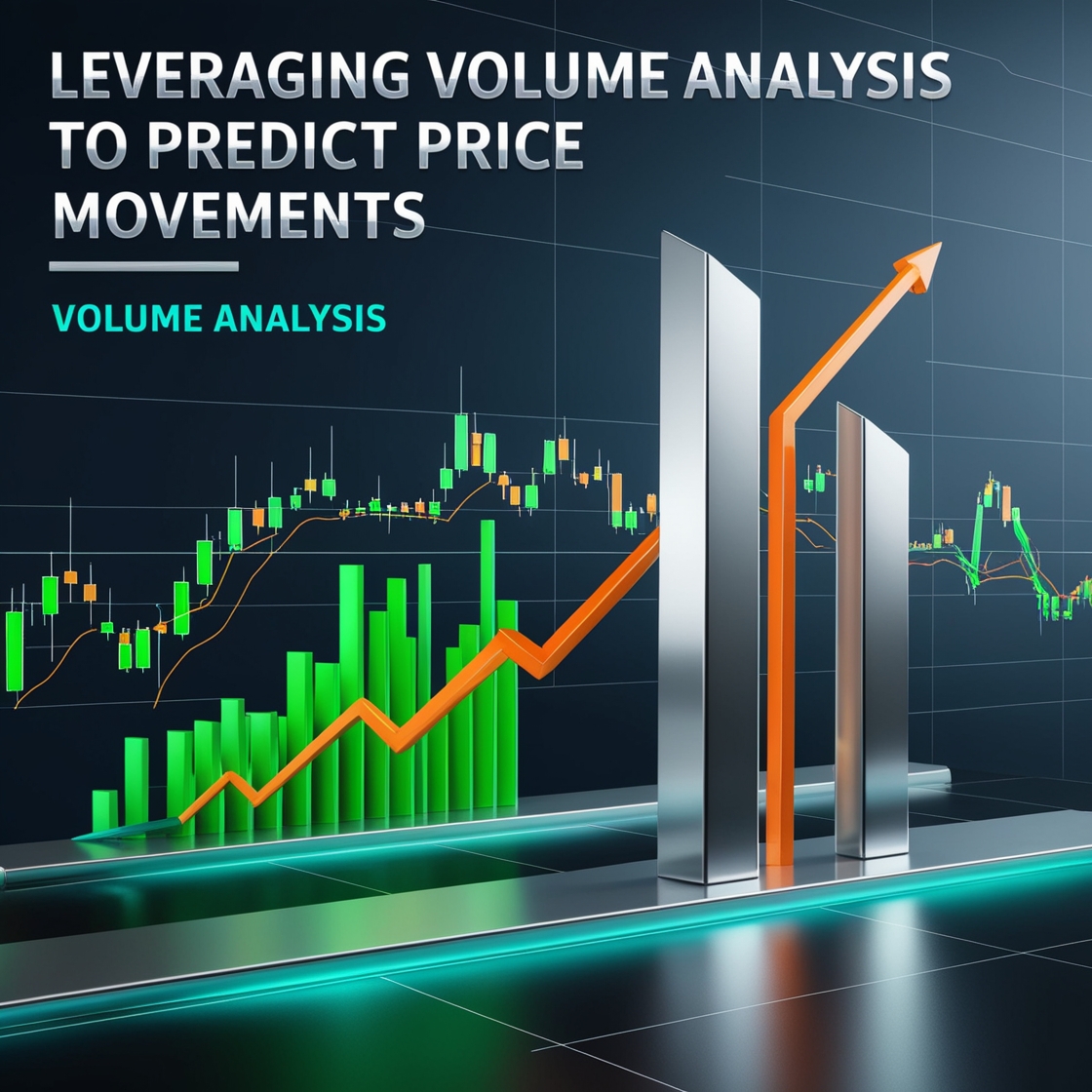Introduction
Volume analysis is a powerful yet often underutilized tool in market analysis. By studying the quantity of assets traded within a given period, traders can uncover hidden clues about market sentiment and predict future price movements. But how exactly does volume influence price, and how can you use this data to your advantage? Let’s break it down step by step.
What is Volume Analysis?
Definition of Volume in Trading
Volume refers to the total number of shares, contracts, or units traded in a given market during a specific time frame. It serves as a direct indicator of market activity and liquidity, showing the level of interest in a particular asset.
How Volume Reflects Market Sentiment
A surge in volume often reflects heightened market interest, whether from buyers or sellers. By observing volume trends, traders can gauge the strength or weakness of ongoing price movements.
Key Concepts in Volume Analysis
Volume Spikes
Volume spikes occur when trading activity increases significantly compared to average levels. These spikes often signal important turning points, such as a breakout, reversal, or a reaction to major news.
Divergences Between Volume and Price
When price movements are not supported by corresponding volume changes, it signals a divergence. For example, if prices rise on declining volume, it might indicate a weakening trend.
Volume as a Confirmation Tool
Volume is often used to confirm the validity of a trend or pattern. For example, a price breakout is more likely to be sustained if it occurs alongside high trading volume.
Common Volume Indicators
On-Balance Volume (OBV)
OBV measures cumulative buying and selling pressure by adding volume on up days and subtracting it on down days. It helps identify trends and potential reversals.
Volume Weighted Average Price (VWAP)
VWAP represents the average price of a security, weighted by volume, over a specific time period. It’s widely used by intraday traders to gauge fair value.
Chaikin Money Flow (CMF)
CMF combines price and volume data to assess the flow of money into or out of an asset. Positive values suggest buying pressure, while negative values indicate selling pressure.
Strategies for Predicting Price Movements with Volume
Breakout Confirmation
High volume during a breakout confirms the strength of the move, making it more likely to continue. Conversely, a breakout on low volume is more prone to failure.
Identifying Reversals
Volume can provide early signals of trend reversals. For instance, declining volume during a rally might indicate diminishing buying interest, signaling a potential downturn.
Volume in Range-Bound Markets
In consolidating markets, volume typically contracts. A sudden increase in volume during such phases often precedes a breakout or breakdown.
Benefits of Volume Analysis
Enhanced Accuracy in Predictions
Volume analysis helps validate price movements, increasing the accuracy of predictions.
Early Detection of Market Moves
By monitoring unusual volume patterns, traders can anticipate shifts before they become apparent in price charts.
Versatility Across Asset Classes
Volume analysis works well in various markets, including equities, forex, commodities, and cryptocurrencies.
Limitations of Volume Analysis
Misleading Signals in Low-Volume Markets
In thinly traded markets, volume data can be unreliable, leading to false signals.
Dependence on Context and Other Indicators
Volume analysis works best when combined with other technical indicators and a broader understanding of market conditions.
Challenges in Analyzing Unusual Volume
Sudden volume surges can be caused by factors like algorithmic trading, which might not always reflect genuine market sentiment.
Volume Analysis in Different Market Conditions
In bullish markets, rising volume typically confirms the strength of upward price movements. In bearish markets, declining prices with increasing volume suggest stronger selling pressure. During periods of high volatility, volume trends often act as a stabilizing force, providing clarity amidst the noise.
Real-Life Examples of Volume Analysis Success
Case Studies of Volume-Driven Predictions
During the GameStop saga, unprecedented trading volume helped traders identify the stock’s potential for massive price swings.
Insights from High-Profile Scenarios
Events like the 2008 financial crisis showed how surging volumes in certain asset classes could act as warning signs of systemic risk.
The Future of Volume Analysis
AI and Machine Learning in Volume Trend Analysis
Artificial intelligence is enhancing the predictive power of volume analysis, identifying patterns that are invisible to the human eye.
Integration with Advanced Trading Platforms
Modern trading platforms now integrate volume data with sophisticated analytics, making it easier for traders to incorporate volume insights into their strategies.
Conclusion
Volume analysis offers a unique lens through which to view market dynamics. By understanding how volume interacts with price movements, traders can make more informed decisions and increase their odds of success. While it’s not without its challenges, when used correctly, volume analysis is an invaluable addition to any trader’s toolkit.
FAQs
- What is the relationship between volume and price?
Volume often confirms the strength of price movements; high volume supports trends, while low volume may indicate a lack of conviction. - How can volume analysis help new traders?
It provides insights into market sentiment and helps validate trading decisions. - Which volume indicator is the best?
It depends on your strategy, but OBV and VWAP are popular for their simplicity and effectiveness. - Can volume analysis be used in crypto trading?
Yes, it’s especially effective in highly volatile markets like crypto. - What are the limitations of relying solely on volume?
Volume analysis must be combined with other indicators to provide a complete market picture.
